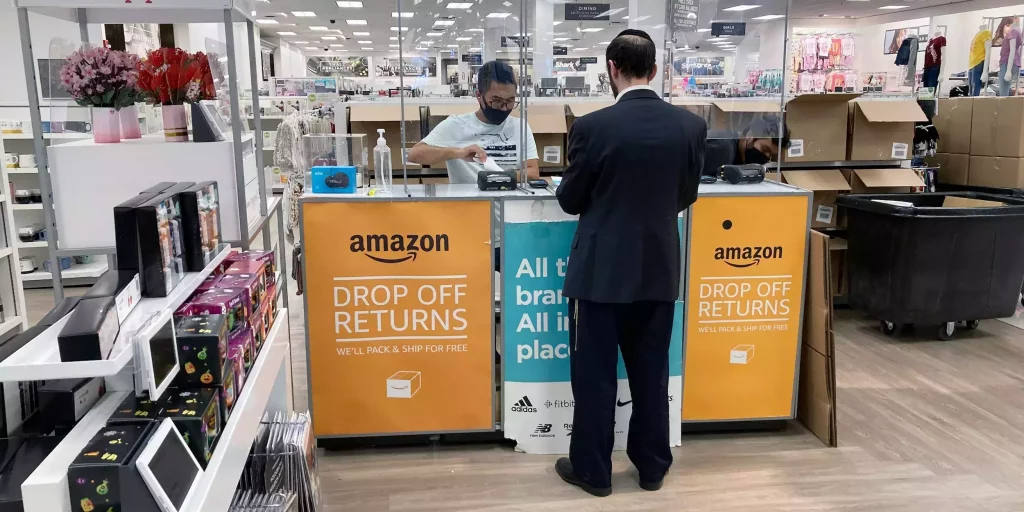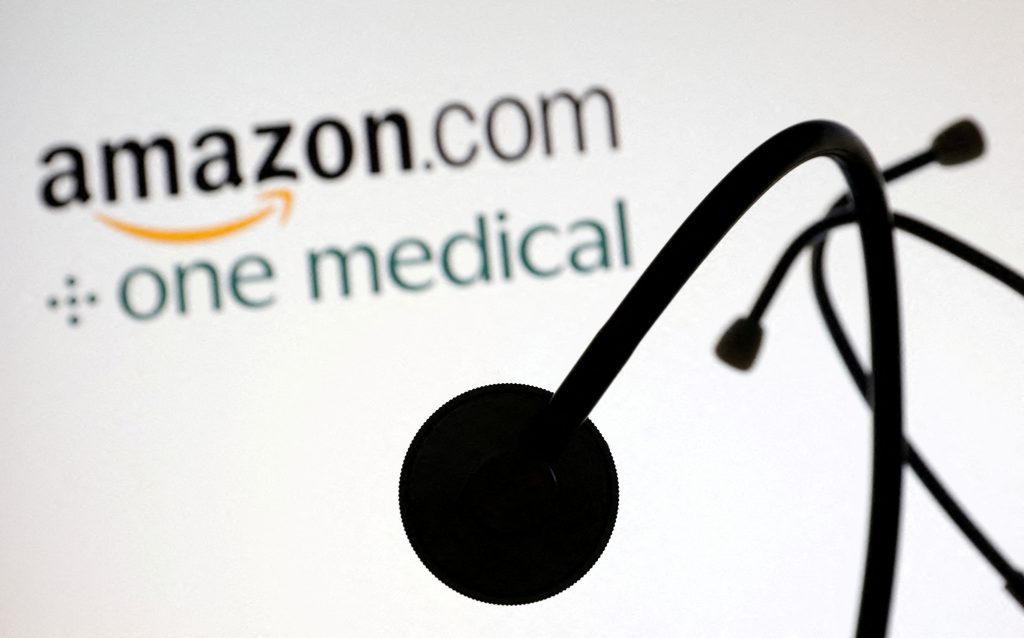Amazon is experimenting with various strategies to reduce the number of returns it receives from online purchases, such as instituting a fee for returns made at UPS locations.
Amazon has been successful for decades because of its commitment to making online purchasing quick, absurdly simple, and virtually error-proof. If you decide you don’t want it, send it back.


However, in recent years, the cost of processing returns has skyrocketed because so many customers experience buyer’s remorse or discover they have larger feet than they initially anticipated.
If a consumer returns an item to an Amazon UPS location when a Whole Foods, Amazon Fresh grocery shop, or Kohl’s is closer to their delivery address, the customer will be charged a $1 fee. (Amazon is a partner with Kohl’s and the owner of Whole Foods and Fresh.)
A spokeswoman for Amazon claimed the cost will only apply to a small percentage of customers, and the company still offers free return options. Customers can still make free returns at participating stores like Whole Foods, Amazon Fresh, and Kohls.
Consumers have grown accustomed to free returns on indefinite quantities in recent years, but Amazon and other retailers are working to change that.
Amazon now highlights “frequently returned” items.
Amazon has also lately implemented a system to highlight “frequently returned” items. Items having “significantly higher return rates for their product category,” as described by an Amazon spokeswoman, will have the emblem added to their listings.
Some online companies have reduced their return windows, and others, including Zara, H&M, J.Crew, Anthropologie, Abercrombie & Fitch, and others, are charging up to $7 to return an item.
The National Retail Federation estimates that in 2022, consumers will return $816 billion worth of items or around 17% of total sales.
That puts a lot of pressure on stores: According to the NRF, stores lose an average of $165 million in item returns for every $1 billion in sales.
In order for buyers to return things, companies must pay for the expensive shipping costs. Items like these are often recycled back into stores’ inventory. Stores lose money when customers return items because they must discount them to move them.
Products that are returned too often end up in liquidation warehouses or worse, landfills.




